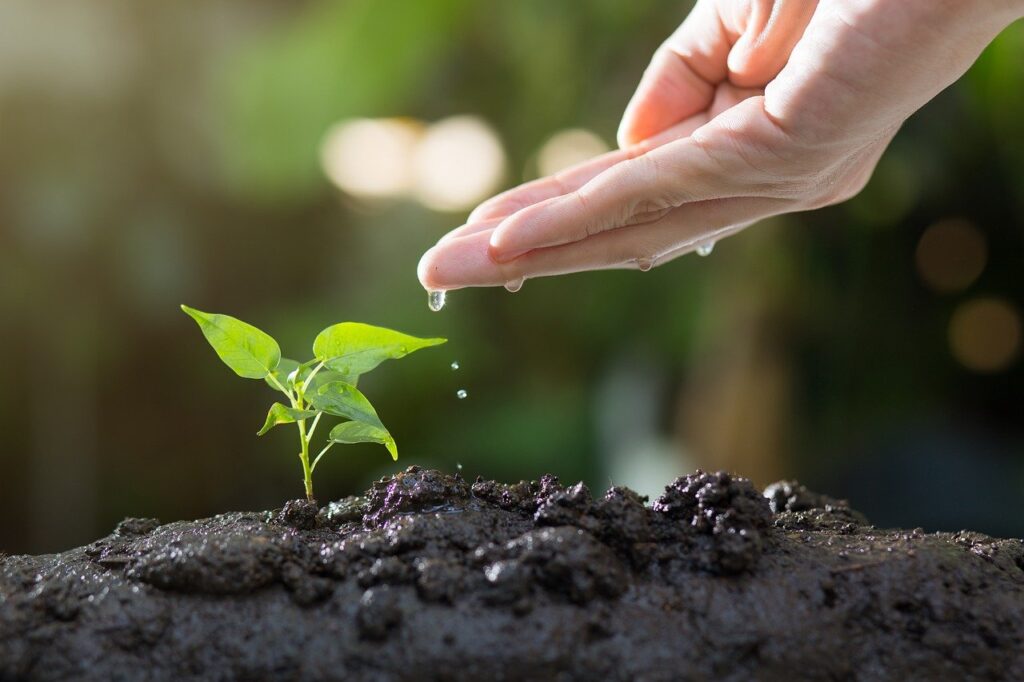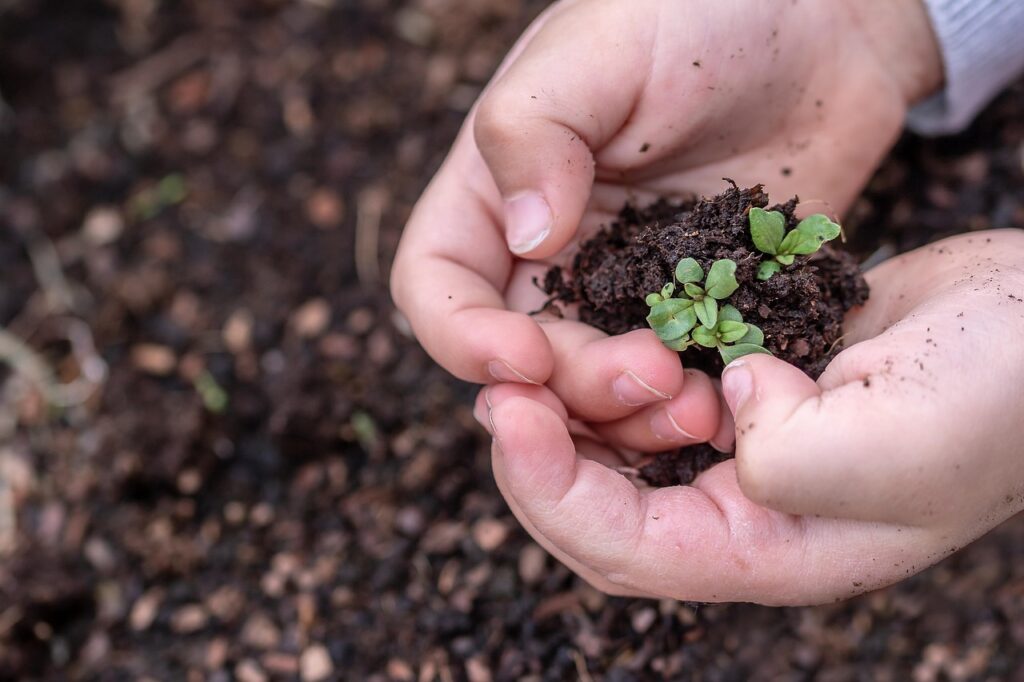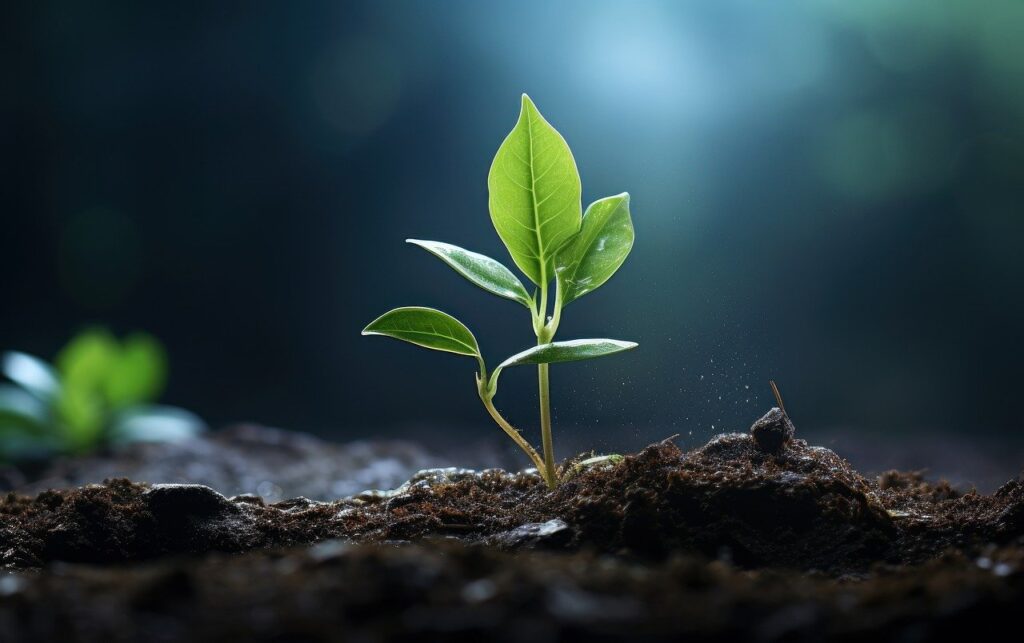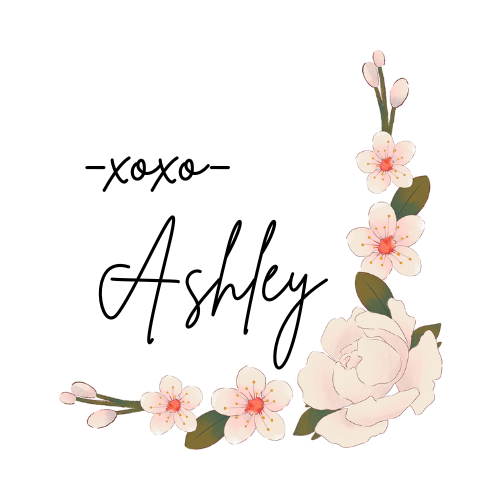It’s easy to walk into the Lowe’s Garden Center or other big box stores like that and grab a tomato plant or two. And for those people who like to do things the easy way, I applaud you. But for those hard-headed souls like me, starting seeds allows you to be involved in the entire process from beginning to end. From planning and seed selection to harvesting a bountiful garden, seed-starting allows the gardener to be involved in the decisions and details that buying mature plants from a big chain store can offer. So here are my top 3 reasons why I chose to start my garden seeds.
Why Start from Seed
Firstly, starting from seed allows you to experiment and challenge yourself with growing lesser-known varieties and species of vegetables and flowers. I love growing cosmos and larkspur for my home bouquets in the springtime. While I can sometimes find plant starts at my local nursery, I have yet to see them in the big box stores.
Another reason I love to start my plants from seeds is simple, it’s cost-effective. I am one for learning to do a few extra steps if it will save me in the end. While there might be an initial investment needed when choosing to start seeds (ie. grow light, dirt, trays, seeds), over time, the costs balance out.
And lastly, not only does it allow you more control over growing conditions like soil quality, but it’s also sustainable for the community. While many stores have adopted more sustainable practices for packaging and shipping, there is no easier way to reduce your carbon footprint than to skip the garden center sales. I like to save and reuse plastic veggie cartons and cups for my seed starting shelf. They make the perfect step-up for pepper plants.
How to Start Seeds at Home
Getting started with seeds is easier than you might think—all you need are a few basic supplies and a little patience. Choose your seeds based on what you love to eat or what grows well in your area, then gather containers like seed trays or repurposed yogurt cups (just make sure they have drainage holes). Fill them with a quality seed-starting mix, plant the seeds at the depth recommended on the packet, and water gently—just enough to keep the soil moist but not soaked. Place your trays in a warm spot, ideally between 65–75°F, and make sure they get plenty of light, either from a sunny window or a grow light. As your seedlings sprout, keep an eye on moisture levels, avoid overwatering, and thin out weaker seedlings to give the strongest ones room to thrive.
Prepping for the Garden
Once the last average frost date has passed, it’s time to plant your seedlings. But before that, there are a few crucial steps to take to ensure the success of your plants once they are planted. Hardening off the seedling is a gradual process that allows the fragile seedlings to slowly acclimate to the harsher conditions of the garden. A few weeks prior to your local planting date, start bringing your seedlings outside for a few hours each day. The gradual exposure to the elements, allows the baby plants to grow accustomed to the outside temps and sunlight, and it reduces the effects of shock after they are transplanted.
After a few weeks of hardening off in a protected patio area, it’s time to transplant! I like to pre-map my garden based on plant height and sunlight requirements. The last thing you want to happen is your lemon balm being overshadowed by your Cosmo bushes. If you have any questions about plant size or requirements, the seed packets usually tell you everything you need to know on the package. If they do not, the World Wide Web is available to most of the planet. Do your own research.
3 Pro Tips for Success
1. Start seeds at the right time for your region (consult seed packets or a planting calendar).
While there are cold hardy varieties, make sure you are starting the appropriate seeds for the appropriate season and region. April in Maine looks a lot different than April in southeast Texas.
2. Label your containers to keep track of plant types.
I learned this lesson firsthand. In my first year of seed-starting. I chose to label the plants in a book versus on the actual pots, while it worked well in the beginning, once they started growing and I shifted things around as needed, I lost track of what was what. Needless to say, it was a surprise garden that year.
3. Don’t overcrowd seedlings; they need space for air circulation and growth.
And lastly, remember to give the seedlings appropriate space to germinate and grow. The smaller the seeds, the easier it is for over-crowding to occur, but with a little extra care and caution, Thinning might be needed later, but it’s always best to start with a solid foundation.
Starting seeds at home isn’t just about saving money or having access to a wider variety of plants—it’s about the satisfaction of growing something from the ground up (literally). With a little time and attention, those tiny seeds will become strong, healthy plants ready for your garden.
Just remember to take it step by step: give your seedlings the right conditions to grow, harden them off before moving them outside, and enjoy the process.
There’s something deeply rewarding about watching your garden take shape from scratch, and once you experience it, you might never go back to store-bought plants again.
So grab those seed packets, get your hands in the dirt, and let the growing begin!




